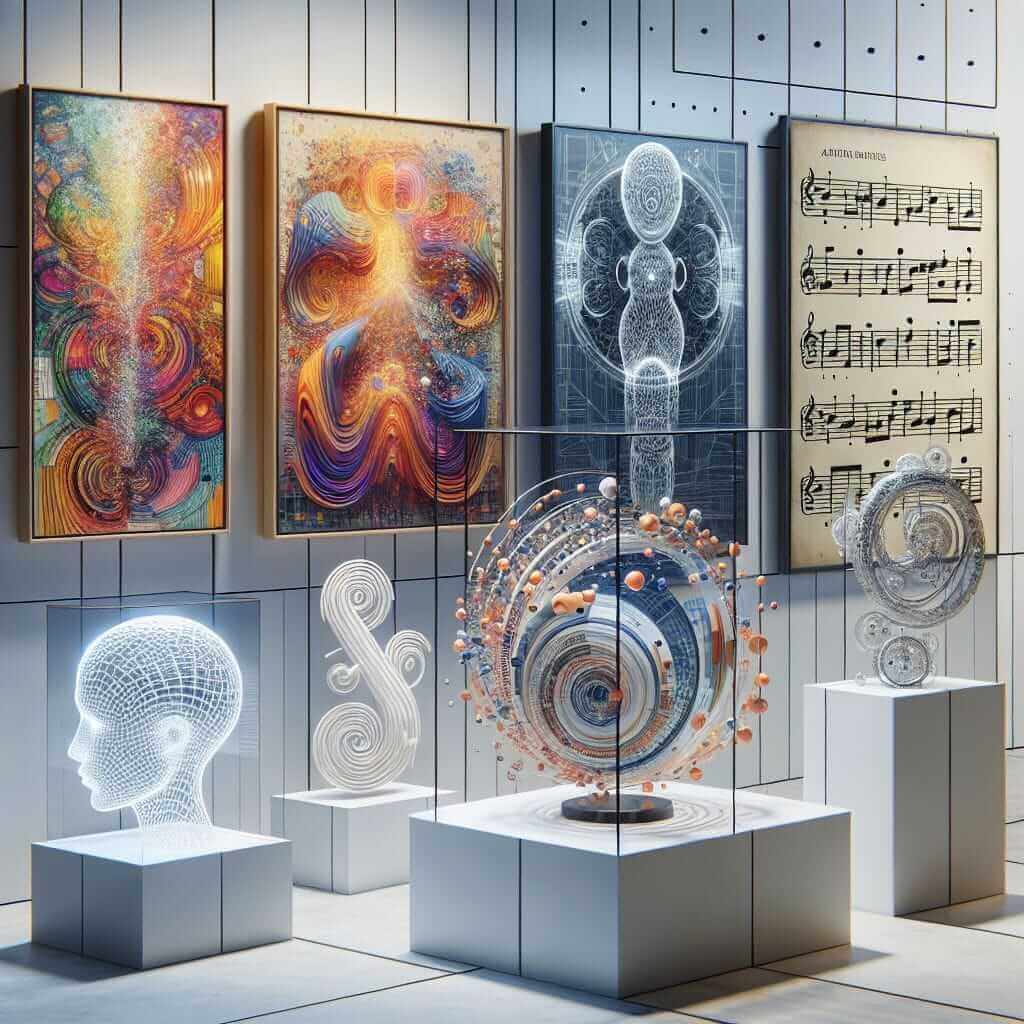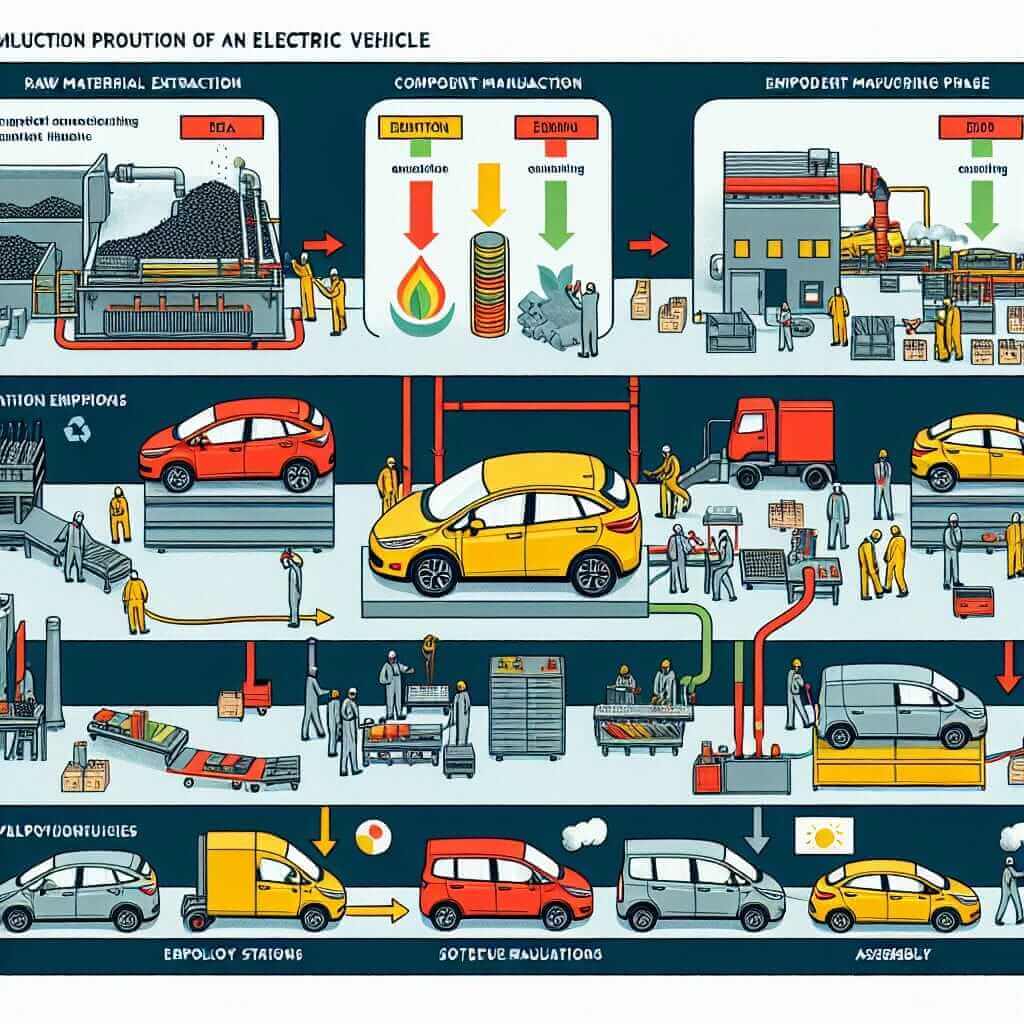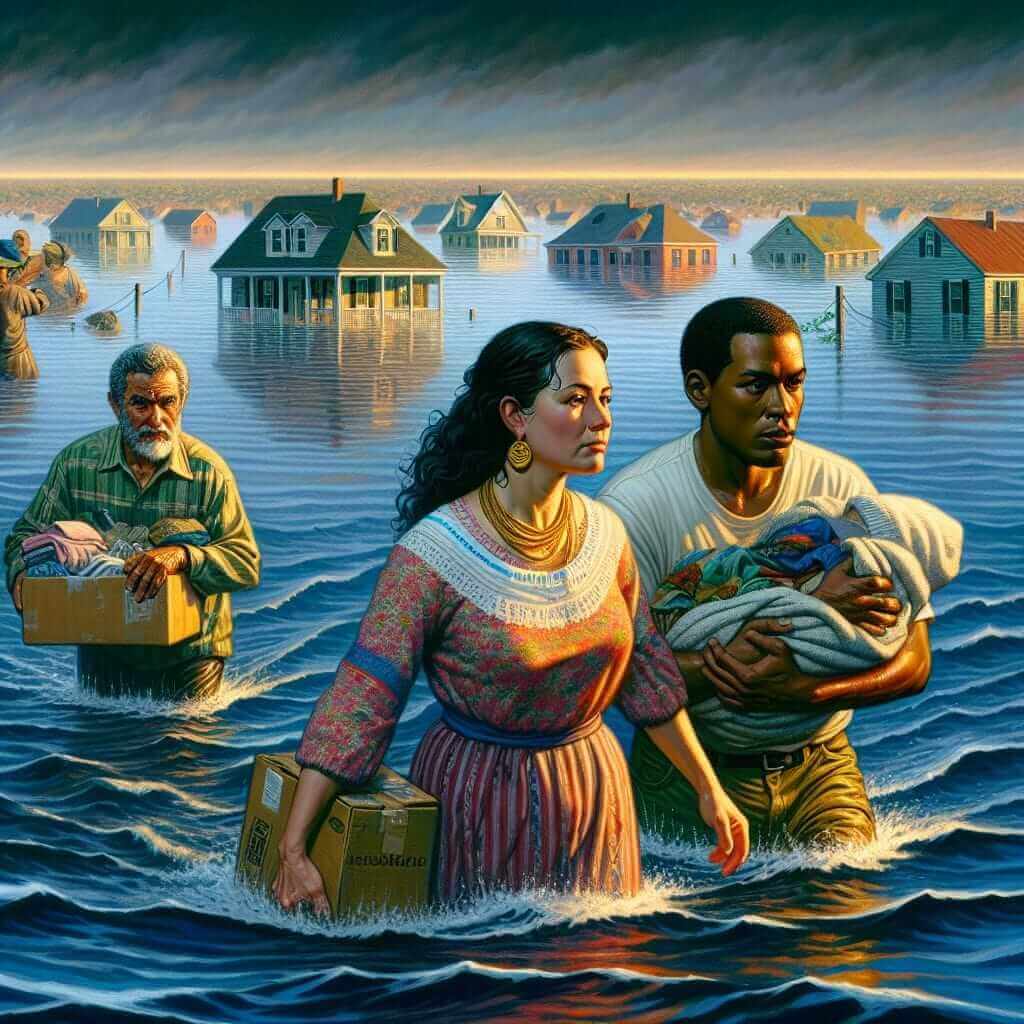The IELTS Reading section assesses a candidate’s ability to understand and analyze written texts. Typically, texts are sourced from books, magazines, newspapers, and journals, covering various topics, including technology, history, and the arts. One intriguing and timely subject is the influence of artificial intelligence (AI) on the creative process in the arts. Considering the increasing integration of AI in various fields, this topic has emerged frequently in discussions, making it a potential subject for future IELTS Reading exams.
Main Content
Reading Passage
Title: How does AI influence the creative process in the arts?
In recent years, artificial intelligence (AI) has made significant strides in various fields, including the arts. Traditionally, creativity was considered a uniquely human trait, but AI’s capabilities have challenged this notion.
AI influences the creative process in the arts by providing new tools and capabilities that artists can utilize. For instance, AI algorithms can analyze vast amounts of data and generate new artworks, music compositions, and literary pieces. Deep learning models, a subset of AI, can be trained on extensive datasets to produce outputs that mimic human creativity. One notable example is OpenAI’s GPT-3, which has demonstrated the ability to generate coherent and contextually relevant text.
 AI Generated Art
AI Generated Art
Moreover, AI is used in collaborative projects where it acts as a co-creator rather than just a tool. Artists can input their ideas or preliminary work, and the AI can expand on these, offering new perspectives and suggestions. This collaboration can enhance creativity by combining human intuition with AI’s computational power.
AI has also democratized the creative arts by making sophisticated tools accessible to a broader audience. Applications and platforms using AI allow amateur artists to create professional-quality work without extensive training. For example, applications like DeepArt and Google’s DeepDream use AI to transform images into artwork mimicking famous styles.
However, the integration of AI in the arts has raised questions regarding authorship and originality. If an AI generates a piece of art, who owns the rights to it? These legal and ethical considerations are important as AI continues to evolve.
In conclusion, AI is profoundly impacting the creative process in the arts by providing new tools, fostering collaboration, and democratizing access to artistic resources. However, it is essential to address and navigate the accompanying legal and ethical challenges to fully harness AI’s potential in the arts.
Questions
[Multiple Choice]
-
What was traditionally considered a uniquely human trait in the arts?
- a) Data analysis
- b) Creativity
- c) Training algorithms
- d) Legal considerations
-
How does AI influence the creative process according to the passage?
- a) By generating employment for artists
- b) By offering tools for analyzing artwork
- c) By mimicking human creativity and acting as a collaborator
- d) By solving legal issues related to art
[True/False/Not Given]
-
AI cannot generate new literary pieces.
- True
- False
- Not Given
-
AI has entirely replaced human artists in the creative process.
- True
- False
- Not Given
[Matching Information]
Match the statements with the correct paragraph:
- Artists can use AI in their preliminary work.
- AI has raised questions about authorship.
- AI democratizes access to artistic tools.
Answer Keys
-
b) Creativity
- Explanation: The passage mentions that creativity was traditionally considered a uniquely human trait.
-
c) By mimicking human creativity and acting as a collaborator
- Explanation: AI influences the creative process by providing new tools, collaborating with artists, and generating art.
-
False
- Explanation: The passage explicitly states that AI algorithms can generate literary pieces.
-
False
- Explanation: The passage indicates that AI acts as a co-creator, not a replacement.
-
Paragraph 3: “Artists can input their ideas or preliminary work, and the AI can expand on these…”
-
Paragraph 5: “The integration of AI in the arts has raised questions regarding authorship and originality…”
-
Paragraph 4: “AI has also democratized the creative arts by making sophisticated tools accessible to a broader audience…”
Lessons Learned
- Common Mistakes:
- Not paying attention to specific details mentioned in the passage.
- Misinterpreting the passage due to lack of understanding about AI and its capabilities.
Vocabulary
- Algorithm (noun) /ˈælɡəˌrɪðəm/: a process or set of rules to be followed in problem-solving operations.
- Contextually (adverb) /kənˈtɛkstʃuəli/: in a manner related to the context or circumstances.
- Democratize (verb) /dɪˈmɒkrətaɪz/: to make something accessible to everyone.
Grammar Points
-
Relative Clauses: Used to provide additional information about a noun.
- Example: “AI, which includes deep learning models, is used in the arts.”
- Structure: [main clause], [relative pronoun] [additional information].
-
Passive Voice: Often used in academic writing to shift focus from the subject to the action.
- Example: “AI has been used…”
- Structure: [subject] + [form of ‘to be’] + [past participle].
Advice for High IELTS Reading Scores
- Skimming and Scanning: Quickly go through the passage to understand its main idea and locate specific information.
- Time Management: Allocate your time wisely, spending more time on difficult questions.
- Practice Regularly: Consistent practice with various reading materials helps improve comprehension skills.
- Vocabulary Building: Familiarize yourself with common IELTS topics and their related vocabulary.
- Understand Question Types: Be clear on different question formats like True/False/Not Given, Matching Headings, etc.


